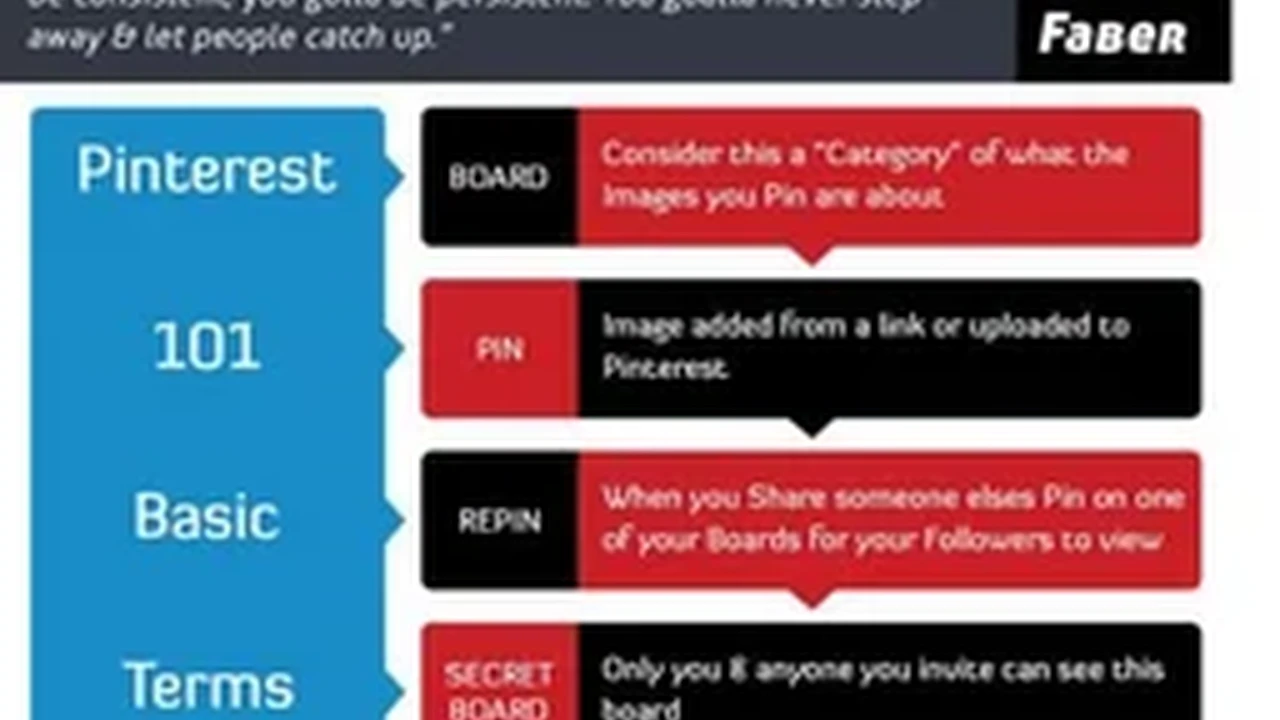4 Common Budgeting Mistakes to Avoid
Identify and avoid four common budgeting mistakes that can derail your financial progress in the US and Southeast Asian regions.

4 Common Budgeting Mistakes to Avoid
Hey there, money-savvy folks! Budgeting, right? It sounds simple enough: know what’s coming in, know what’s going out. But if you’ve ever tried to stick to a budget, you know it’s often easier said than done. Whether you’re navigating the bustling financial landscape of the US or the dynamic economies of Southeast Asia, the core principles of smart money management remain the same. And just like any skill, budgeting comes with its own set of pitfalls. Today, we’re going to dive deep into four of the most common budgeting mistakes people make and, more importantly, how you can sidestep them to keep your financial goals on track. We’ll even throw in some practical product recommendations and real-world scenarios to help you out. Let’s get started!
Mistake 1 Ignoring Your Spending Habits The Elephant in the Room
This is probably the biggest one, and it’s where many budgets fall apart before they even begin. You create a beautiful spreadsheet, allocate funds to different categories, and then… you just don’t track where your money actually goes. It’s like planning a road trip without looking at the map while you’re driving. You might end up somewhere, but probably not where you intended.
Why it Happens: Lack of Awareness and Convenience
Often, we simply don't realize how much we're spending on certain things. Those daily coffees, the occasional impulse buy online, or the frequent takeout meals – they add up faster than you think. In the US, subscription services can be a silent killer, while in Southeast Asia, the ease of mobile payments and food delivery apps can lead to overspending without a second thought. The convenience of tapping your card or phone means you don't feel the 'pain' of spending cash, making it easier to lose track.
How to Fix It: Embrace Spending Tracking Tools and Regular Reviews
The solution is simple: track every single dollar, peso, ringgit, or baht. And I mean every single one. This isn't about judgment; it's about awareness. Once you see where your money is truly going, you can make informed decisions.
Recommended Tools for Spending Tracking:
- Mint (US & limited international): This free app links to your bank accounts, credit cards, and investments, automatically categorizing your transactions. It provides a comprehensive overview of your finances, helps you create budgets, and sends alerts for unusual spending. It's fantastic for seeing all your financial accounts in one place.
- You Need A Budget (YNAB) (Global): YNAB is a paid app (around $14.99/month or $99/year) that uses a zero-based budgeting approach. It's incredibly powerful for giving every dollar a job. While it has a learning curve, its philosophy of intentional spending is transformative. It connects to most major banks globally, including many in Southeast Asia.
- Personal Capital (US): More focused on wealth management, Personal Capital also offers excellent free tools for tracking spending, budgeting, and analyzing your net worth. It's great if you have investments alongside your regular banking.
- Spendee (Global): A user-friendly app (free with premium features starting around $1.99/month) that allows you to track expenses manually or connect to bank accounts. It supports multiple currencies and is popular in many Southeast Asian countries for its clean interface and budgeting features.
- Manual Spreadsheet (Global & Free): Don't underestimate the power of a simple Google Sheet or Excel spreadsheet. If you're disciplined enough to manually enter every transaction, this can be incredibly effective and gives you full control.
Usage Scenarios and Comparisons:
Imagine Sarah, a young professional in New York. She uses Mint. Every morning, she quickly checks her spending from the previous day. She notices her 'Dining Out' category is already halfway through her monthly budget by the second week. This immediate feedback allows her to adjust her meal plans for the rest of the month, perhaps cooking more at home. Mint's automatic categorization saves her time, and its visual reports help her understand her spending patterns at a glance.
Now consider David, an expat working in Singapore. He uses YNAB. Each payday, he allocates his entire salary to specific categories: rent, groceries, transport, savings, and even a 'fun money' category. When he goes out for dinner, he checks YNAB to see how much is left in his 'Dining Out' category before ordering. If he overspends in one area, YNAB forces him to 'roll with the punches' and take money from another category, making him acutely aware of the trade-offs. This proactive approach prevents overspending before it happens, unlike Mint which is more reactive.
For someone in Manila who prefers a more hands-on approach, a simple spreadsheet might be best. Maria tracks her daily jeepney fares, market purchases, and utility payments manually. This forces her to confront every expense, making her more mindful. While time-consuming, it offers unparalleled control and understanding of her cash flow.
Mistake 2 Setting Unrealistic Budgets Financial Frustration Factors
You’re pumped! You’ve decided to get serious about your money. You cut out all discretionary spending, plan to eat only rice and beans, and vow to never buy another coffee. Two weeks later, you’re miserable, you’ve blown your budget, and you feel like a failure. Sound familiar? This is the trap of the unrealistic budget.
Why it Happens: Over-Enthusiasm and Underestimation
We often start with good intentions, but we underestimate our actual needs and wants. We forget about annual expenses that pop up (like car registration or holiday gifts), or we drastically cut categories that bring us joy, leading to burnout. In the US, the pressure of consumerism can make strict budgets hard to maintain, while in Southeast Asia, social gatherings and family obligations often involve spending that’s hard to cut back on.
How to Fix It: Start Small Be Flexible and Include Fun Money
Your budget should be a tool that empowers you, not a straitjacket that suffocates you. Start with a budget that reflects your current spending, then look for small, sustainable cuts. And for goodness sake, include some 'fun money'!
Strategies for Realistic Budgeting:
- The 50/30/20 Rule (Global): This is a great starting point. Allocate 50% of your after-tax income to Needs (housing, utilities, groceries, transport), 30% to Wants (dining out, entertainment, hobbies, shopping), and 20% to Savings & Debt Repayment. This framework provides flexibility while ensuring you're making progress.
- Review Past Spending (Global): Before creating a new budget, look at your last 3-6 months of spending. This gives you a realistic baseline for how much you actually spend on different categories. Don't guess; use data.
- Build in a Buffer (Global): Always include a small 'miscellaneous' or 'buffer' category for unexpected small expenses. This prevents you from dipping into other categories or feeling like you've failed when something unexpected comes up.
- Schedule Regular Reviews (Global): Your budget isn't set in stone. Life changes, and so should your budget. Review it weekly or monthly. Are your allocations still realistic? Do you need to adjust for a new expense or income change?
Usage Scenarios and Comparisons:
Consider Alex, a software engineer in Seattle. He initially tried to cut his 'Wants' category to almost zero. He quickly found himself ordering expensive takeout because he felt deprived. After switching to the 50/30/20 rule and allocating a generous 30% to 'Wants,' he found he could still enjoy his hobbies and social life while comfortably meeting his savings goals. He uses a budgeting app like Mint to easily track his spending against these percentages.
In contrast, Mei, a small business owner in Bangkok, found that her social and family obligations often led to unexpected expenses. Instead of feeling guilty, she now allocates a specific 'Social & Family' budget within her 'Wants' category. She also uses a manual spreadsheet to track these specific expenses, allowing her to see if she's overspending in this culturally important area without feeling like she's failing her entire budget. She also sets aside a small 'buffer' each month for those truly unexpected costs, preventing her from derailing her entire financial plan.
Mistake 3 Not Differentiating Between Needs and Wants Essential vs Discretionary Spending
This mistake is closely related to setting unrealistic budgets but deserves its own spotlight. Many people struggle to distinguish between what they truly need to survive and what they want for comfort or enjoyment. This blurred line can lead to overspending on discretionary items while neglecting essential savings or debt repayment.
Why it Happens: Lifestyle Creep and Consumer Culture
As income increases, so does our standard of living – this is known as lifestyle creep. What was once a 'want' can quickly become a 'need' in our minds. The constant barrage of advertising, social media trends, and peer pressure in both the US and Southeast Asia encourages us to consume more, making it harder to differentiate. For example, having the latest smartphone might feel like a 'need' for work or social connection, but often, a less expensive model would suffice.
How to Fix It: Strict Categorization and Value Alignment
The key here is honest self-assessment and strict categorization. When you're looking at an expense, ask yourself: 'Is this absolutely necessary for my survival or well-being, or is it something I desire?'
Practical Steps for Differentiating:
- Define Your Needs (Global): These are your non-negotiables: housing, utilities, basic groceries, essential transportation, minimum debt payments, and insurance. Be brutal with this list. Do you need a car, or do you want a car when public transport is available? Do you need organic kale, or do you need food?
- Define Your Wants (Global): Everything else falls into this category: dining out, entertainment, new clothes (beyond basic replacements), vacations, subscription services (beyond essential ones), expensive gadgets, and hobbies.
- Prioritize Your Wants (Global): Once you've identified your wants, prioritize them. Which ones bring you the most joy or value? You might decide that daily coffee is a high-priority want, but that new gadget isn't.
- The 'Wait 24 Hours' Rule (Global): For any non-essential purchase over a certain amount (e.g., $50 or ₱2,000), implement a 24-hour (or even 72-hour) waiting period. This gives you time to cool off from impulse and reconsider if it's truly a priority.
Usage Scenarios and Comparisons:
Consider John, living in Los Angeles. He used to categorize his expensive gym membership and daily Starbucks as 'needs' because they were part of his routine. After a financial wake-up call, he re-evaluated. He realized he could get a cheaper gym membership or work out at home (a 'need' for health, but the expensive gym was a 'want'). His daily Starbucks was definitely a 'want.' By shifting these to 'wants' and allocating a specific budget for them, he gained control. He uses a budgeting app like YNAB, which forces him to assign every dollar, making it clear which dollars are going to needs and which to wants.
In Jakarta, Siti often felt pressured to buy new clothes for social events, considering them a 'need' to maintain appearances. However, her budget was always tight. She started applying the 'Wait 24 Hours' rule. When she saw a dress she liked, she'd wait a day. Often, the urge would pass, or she'd realize she had something similar. She also started tracking her clothing expenses separately in a simple notebook, which helped her visualize how much she was spending on 'wants' versus 'needs' like food and rent. This simple act of tracking and waiting helped her save significantly.
Mistake 4 Neglecting Irregular Expenses The Surprise Budget Busters
You’ve got your monthly budget down pat. Rent, utilities, groceries – check, check, check. Then BAM! Your car registration is due, or your annual insurance premium hits, or it’s time for your annual dental check-up. These irregular, often larger, expenses can completely derail an otherwise perfect monthly budget, leading to stress and sometimes even debt.
Why it Happens: Out of Sight Out of Mind
Because these expenses don't occur monthly, they're easy to forget about until they're staring you in the face. We tend to focus on the immediate, recurring costs and push the less frequent ones to the back of our minds. This is a common issue globally, whether it's property taxes in the US or annual school fees in Southeast Asia.
How to Fix It: Create a Sinking Fund and Plan Ahead
The solution is to anticipate these expenses and save for them gradually. This is where 'sinking funds' come into play. A sinking fund is essentially a savings account (or a designated category within your budget) where you set aside money regularly for a specific future expense.
Implementing Sinking Funds and Planning:
- List All Irregular Expenses (Global): Sit down and list every expense that doesn't happen monthly. Think annual subscriptions, car maintenance, holiday gifts, medical check-ups, home repairs, travel, new electronics, etc.
- Calculate Monthly Contribution (Global): For each irregular expense, estimate its cost and when it's due. Divide the cost by the number of months until it's due to figure out how much you need to save each month. For example, if car insurance is $1,200 annually and due in 6 months, you need to save $200 per month.
- Dedicated Savings Accounts or Budget Categories (Global): You can either open separate savings accounts for larger sinking funds (e.g., 'Car Maintenance Fund,' 'Vacation Fund') or, more simply, create dedicated categories within your budgeting app or spreadsheet.
- Automate Contributions (Global): Set up automatic transfers from your checking account to your sinking fund savings accounts or mentally allocate funds to these categories in your budget. Automation makes it effortless.
Recommended Tools for Sinking Funds:
- High-Yield Savings Accounts (US & Global): For larger sinking funds, consider putting the money in a separate high-yield savings account. Banks like Ally Bank, Discover Bank (US), or digital banks like CIMB Bank (Philippines), DBS digibank (Singapore), or Jenius (Indonesia) offer competitive interest rates, helping your money grow a little while it waits.
- Budgeting Apps with Sinking Fund Features (Global): YNAB is excellent for this, as its 'give every dollar a job' philosophy naturally supports sinking funds. You create a category, set a target, and fund it monthly. Spendee and Mint also allow you to create custom categories for this purpose.
Usage Scenarios and Comparisons:
Take Michael, a homeowner in Texas. He used to dread property tax season and car repair bills. Now, he has a 'Home Maintenance' sinking fund and a 'Car Fund.' He estimates his annual property taxes and divides by 12, transferring that amount to a separate Ally Bank savings account each month. For car repairs, he estimates an average annual cost and saves a smaller amount monthly. When his car needs new tires, the money is already there, stress-free. This proactive approach prevents him from having to dip into his emergency fund or use a credit card.
In Kuala Lumpur, Amir has two children. School fees, uniforms, and textbooks are significant annual expenses. He uses a dedicated category in his Spendee app called 'Kids Education Fund.' Every month, he allocates a portion of his income to this category. When the school year starts, the funds are ready. This prevents a huge financial shock and allows him to manage his cash flow smoothly throughout the year. He doesn't need a separate bank account for each fund; the categorization within Spendee is sufficient for his needs.
By avoiding these four common budgeting mistakes – ignoring spending, setting unrealistic goals, blurring needs and wants, and neglecting irregular expenses – you'll be well on your way to a healthier, more stable financial future. Remember, budgeting is a journey, not a destination. It requires continuous learning, adjustment, and a bit of patience. You've got this!
:max_bytes(150000):strip_icc()/277019-baked-pork-chops-with-cream-of-mushroom-soup-DDMFS-beauty-4x3-BG-7505-5762b731cf30447d9cbbbbbf387beafa.jpg)






